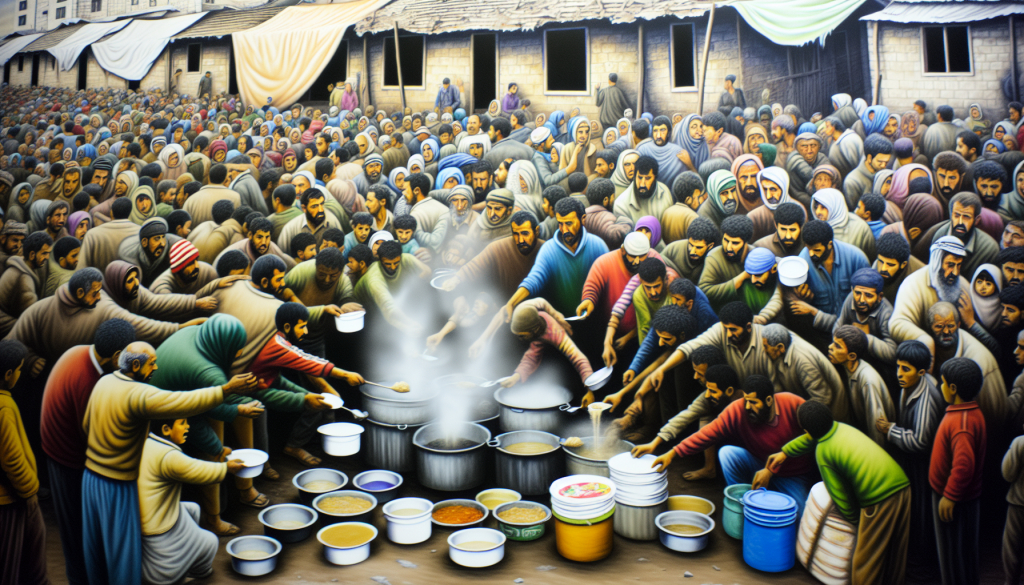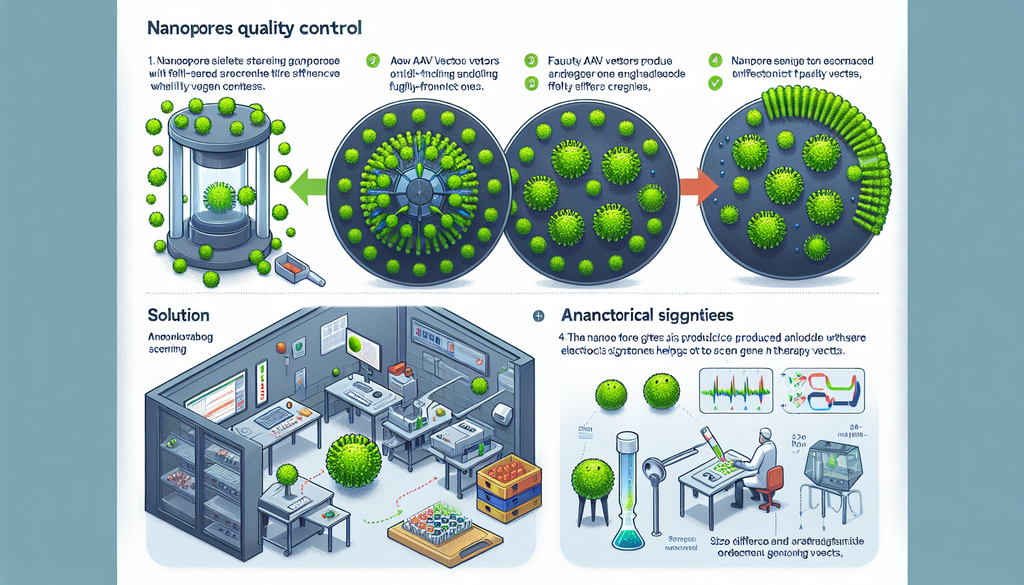First signs of famine officially reported in Gaza

Over 500,000 individuals in Gaza are currently enduring famine, marked by extreme hunger, severe poverty, and preventable loss of life, according to the latest assessment from the Integrated Food Security Phase Classification (IPC). The crisis, which is currently centered in Gaza Governorate, is predicted to expand into Deir Al Balah and Khan Younis in the near future.
The Food and Agriculture Organization (FAO), UNICEF, the World Food Programme (WFP), and the World Health Organization (WHO) have repeatedly stressed the urgent need for an immediate and large-scale humanitarian effort. The crisis is escalating rapidly, with a growing number of hunger-related deaths, worsening malnutrition, and plummeting food consumption. Countless families are struggling to survive for days without any food at all.
The organizations agree that preventing the spread of famine must be a top priority. They call for an immediate ceasefire to facilitate a widespread humanitarian response to save lives. There is deep concern over the possibility of increased military activity in Gaza City, which would place even more civilians—particularly malnourished children, the elderly, and disabled individuals—at extreme risk, many of whom are unable to flee conflict zones.
By late September, it is predicted that more than 640,000 people across Gaza will fall into IPC Phase 5 – indicating the most critical level of food insecurity. Another 1.14 million will be in Phase 4 (Emergency), and 396,000 in Phase 3 (Crisis). North Gaza is facing conditions as severe as those in Gaza City, but limited access has hindered proper evaluation. Rafah was not analyzed due to a significant decline in population presence.
A famine is officially declared when three key thresholds are exceeded: extreme lack of food, high levels of acute malnutrition, and rising famine-related deaths. This latest IPC review confirms with credible evidence that Gaza meets these criteria.
Nearly two years of ongoing conflict, repeated displacement, and stringent barriers to humanitarian aid have severely limited access to essential resources. Interruptions in the supply of food, clean water, healthcare, farming, and fishing activities, together with the collapse of basic services, have driven people into life-threatening hunger.
Food availability in Gaza is critically restricted. In July, the number of families reporting extreme hunger doubled compared to May, with Gaza City showing a threefold increase. A significant portion of the population—39 percent—reported going several days without eating. Adults are regularly skipping meals to feed their children.
Childhood malnutrition is reaching disastrous levels. In July alone, over 12,000 children were classified as acutely malnourished—the highest monthly count to date—representing a sixfold surge since early this year. Nearly one in four of these children are suffering from severe acute malnutrition, a critical condition that threatens both short- and long-term survival.
Since the IPC's last analysis in May, the projected number of children facing fatal risks due to malnutrition by mid-2026 has risen from 14,100 to 43,400. Similarly, the number of pregnant and breastfeeding women expected to suffer extreme malnutrition has jumped from 17,000 to 55,000, with visible outcomes such as a rise in premature and underweight births.
This updated analysis reflects the most serious deterioration ever recorded by the IPC in Gaza, and it marks the first official confirmation of famine in the Middle East by the IPC process.
Although aid deliveries into Gaza saw a modest uptick since July, it remains dangerously insufficient and erratic. Nearly 98 percent of the region’s farmland is damaged or unreachable, crippling local food production. Up to 90 percent of residents have been displaced multiple times. Cash is scarce, aid delivery is frequently interrupted, and many relief vehicles are being looted amid increasing desperation. Soaring food prices, fuel shortages, and a lack of clean water and medicine are compounding the crisis.
Gaza's healthcare infrastructure is on the verge of collapse. Many residents—especially children—have limited access to safe drinking water and sanitation. Difficult living conditions have led to a spike in health complications, including diarrheal diseases, fever, and respiratory and skin infections.
To provide critical aid, U.N. agencies are urgently calling for an immediate and lasting ceasefire. This would open humanitarian corridors for a timely delivery of food, shelter, fuel, and medical supplies. In addition, they highlight the importance of rebuilding vital infrastructure—including healthcare, local food systems, market networks, and water services—to prevent further escalation of the famine.
“People in Gaza have run out of ways to survive,” said FAO Director-General QU Dongyu. “Malnutrition and hunger are claiming more lives every day, and the destruction of agricultural resources has deepened the crisis. We must act now to ensure safe and sustained access to essential food. Access to food is a fundamental human right.”
“Warnings about famine have been repeatedly issued,” noted Cindy McCain, WFP Executive Director. “What is desperately needed now is an influx of aid, secure conditions, and efficient distribution networks to reach those who need help most. Immediate humanitarian access and a ceasefire are essential to saving lives.”
“For children in Gaza, famine is no longer a threat—it’s a tragic reality,” stated UNICEF Executive Director Catherine Russell. “We’ve seen the warning signs: children too weak to cry, dying from hunger and preventable diseases, and parents with nothing to feed them. There’s no time to waste. Without a ceasefire and unimpeded humanitarian access, more children will die. Urgent therapeutic feeding is critical.”
“A ceasefire is not just necessary—it is a moral obligation,” said WHO Director-General Dr. Tedros Adhanom Ghebreyesus. “The world cannot continue watching as this terrible, man-made famine takes more innocent lives. With widespread malnutrition, routine illnesses are turning fatal. Healthcare workers are overwhelmed. We must deliver food and medicine immediately to control this crisis and protect hospitals. Aid must flow freely and peace must be restored to heal the suffering.”
Editor’s Note
The Integrated Food Security Phase Classification (IPC) is a system developed through collaboration by 21 international partners, including UN agencies and NGOs. It offers a unified method for analyzing the severity and extent of food insecurity and malnutrition using internationally recognized standards. The system enables governments and aid agencies to coordinate more effectively in addressing urgent humanitarian needs.

